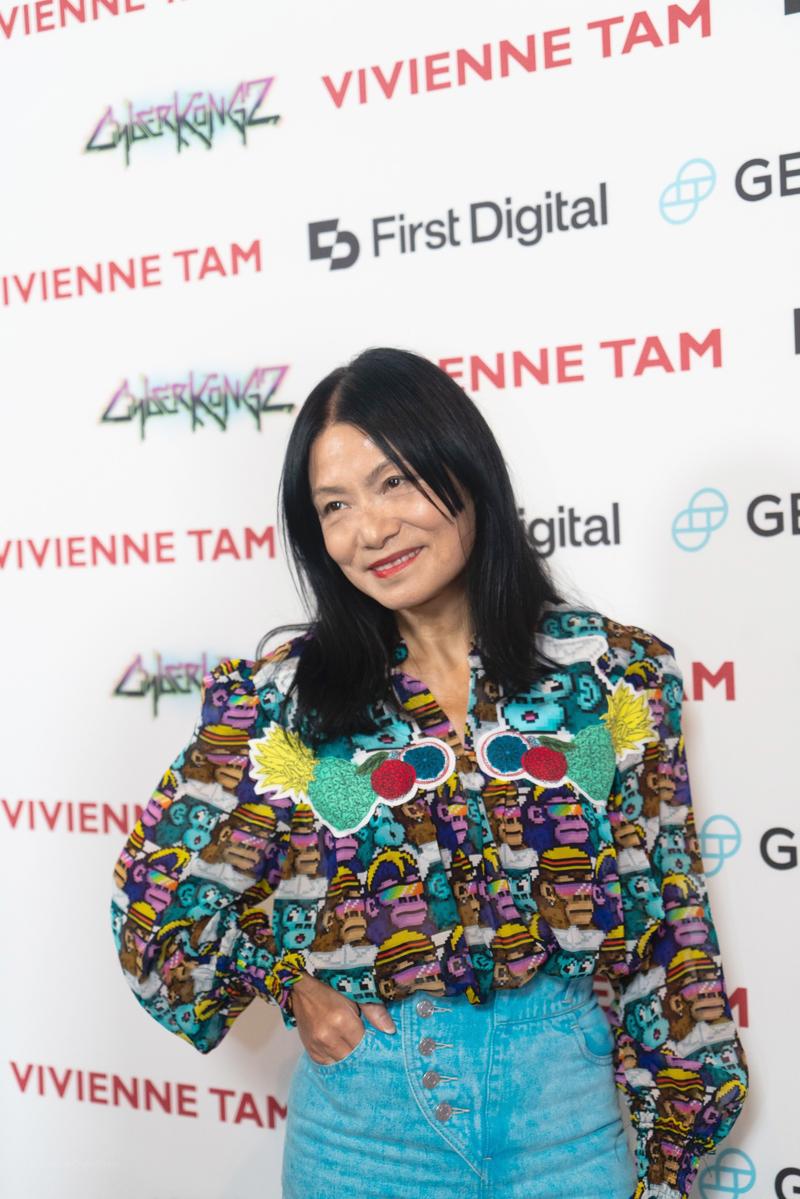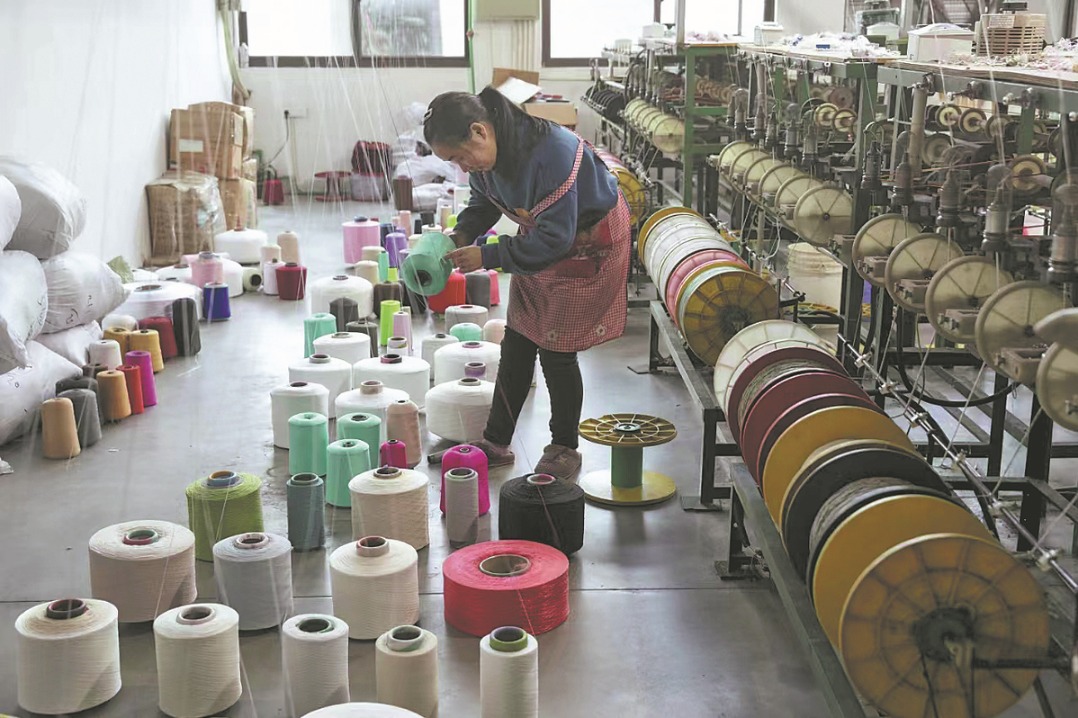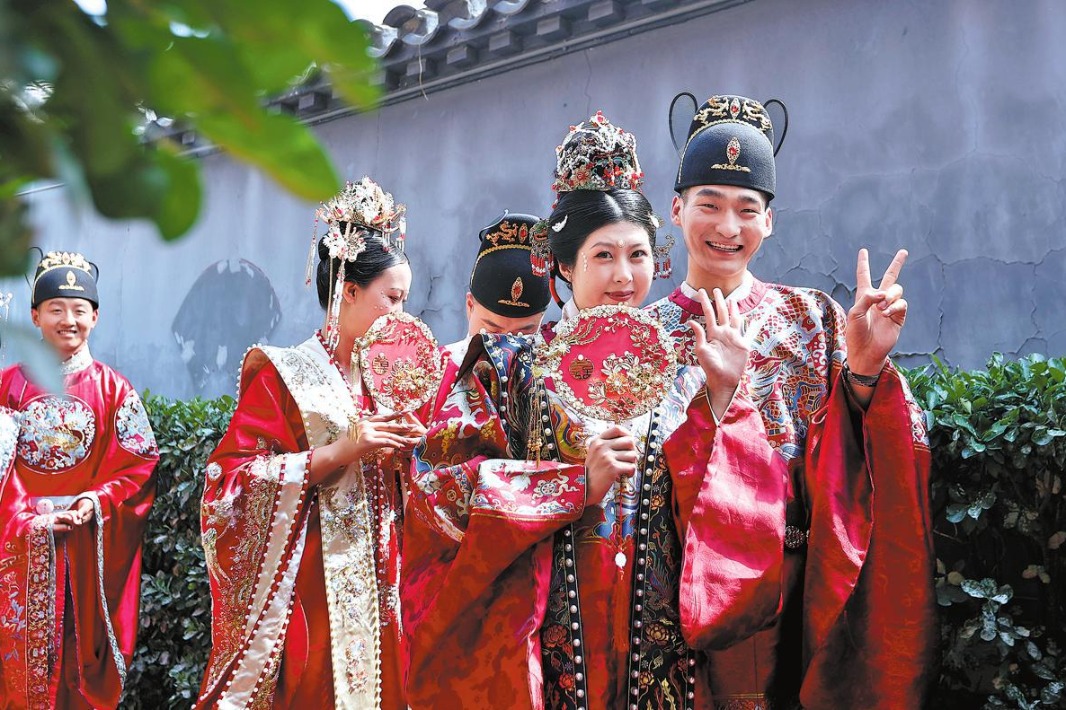The conscious splurge

Millennial and Gen Z shoppers are all set to change the way luxury brands do business. Faye Bradley reports.

Think of lavish spending on luxury brands, and you might picture a well-seasoned shopper. A 2022 report by Swedish fintech company Klarna throws this assumption seriously into question, however. According to the online financial service provider's survey of 1,000 US luxury shoppers, a majority of Generation Z (60 percent) and millennial (63 percent) respondents had purchased luxury in the previous year. The figure is considerably lower among Gen X'ers (46 percent) and in particular baby boomers (18 percent).
Global revenue in the luxury-goods market amounts to $312.6 billion in 2022, according to Statista, a provider of market and consumer data - with the Asian market accounting for over a third of the total at $124.2 billion. At a webinar titled "Asia's Booming Luxury Market", held in the University of Chicago's Yuen Campus in Hong Kong in September, experts noted that the region's resilient luxury sector was already back on the rise following the COVID-19 dip.
According to auction house Christie's, the Asia-Pacific region contributed over two-thirds of the value of global auction purchases by millennials, and almost 50 percent of the value of global purchases by new millennial buyers. In Hong Kong, Asia-Pacific millennials contributed 21 percent of the total value in the first half of 2022, almost double the 11 percent in the first half of 2019. Similar to their counterparts from the Chinese mainland, Hong Kong millennials seemed partial to categories such as contemporary art, Chinese art, jewelry, watches and wine.
Luxury brands have been quick to pitch their products to a new generation of big spenders in a language they understand more readily. Comprising mostly digital natives, their target audiences have never known life without the internet and therefore are unlikely to be swayed by traditional forms of marketing. This is a demographic with a different idea of what constitutes luxury compared with that of their parents.

Fineries redefined
For Gen Z, a luxury item doesn't have to be the rarest or most expensive. "It must be able to express the owner's style, character or identity," says Julia Hu, Bonhams' Asia managing director. "What matters most for them is being able to acquire something that speaks for their vibe."
While the luxury market has thrived on exclusivity and aspiration, today's youngsters are looking to invest in brands that promote inclusiveness. It's the cultural identity of being conscious spenders that matters. Srinivas K. Reddy, academic director of the LVMH-SMU Asian Luxury Brand Research Initiative at Singapore Management University, adds that Gen Z consumers tend not to spend as much as their parents. Important considerations include how well a brand's purpose and mission align with the buyer's own values.
So what do Gen Z buyers fancy?
"We have seen interest in contemporary art, particularly pop art and art toys, as well as designer jewelry and even antiques such as Song ceramics," Hu says, referring to items dating from the Song Dynasty (960-1279). Many of them are also into cross-category buying, she notes. For example, a collector of contemporary art might also collect watches, wine, whiskey or traditional Chinese paintings.
Gen Z buyers care less about what's creating a buzz and are more likely to trust the judgment of their inner circle, remarks Ashley Dudarenok, a China marketing expert, and founder of the agencies Alarice and ChoZan. "Gen Z's realize the demands of being different from others through personalization and customization," she adds. "They value convenience, intelligence and fun."
Fashion designer Vivienne Tam concurs: "The new generation is going after something unique. They go for customization, for individuality."

NFTs rule
With their unrivaled influence and reach, platforms like Instagram and TikTok have become powerful marketing tools for targeting young consumers, while also providing ways for consumers to flaunt their purchases. "The younger generation tends to share their purchases of luxury objects more eagerly on social media," says Francis Belin, president of Christie's Asia Pacific. Brands also work with key online influencers, trying to win over the fan bases of the latter and convert them into potential customers.
Advertorial posts on social media are getting shorter than ever as a result of brands trying to woo audiences with short attention spans, Dudarenok notes. In Hong Kong, where TikTok isn't available, Gen Z's are using Chinese social media platforms like Douyin and Xiaohongshu to access short-video content and entertainment. "Millennial buyers from Hong Kong and the mainland are tech-savvy and hungry for information to stay abreast of market trends," Belin remarks.
Non-fungible tokens saw a huge spike in popularity in 2021, prompting a range of critical responses, based in part on the sector's volatility. Many NFTs represent or are tied to objects in the real world, from art and music to games, videos and much more. According to Hu, Gen Z is driving the NFT market, convinced of their value as an alternative to traditional art collecting. "Gen Z's are open-minded about their options, and they enjoy organizing exhibitions to share their collections and knowledge."
It's novel for so many young people to be the primary consumers of any category of art. "In the past, an expensive painting would be placed on someone's mantelpiece, to be seen only by dinner guests. Now, NFTs are being used as the owner's signature on their web page or phone, to be seen by everyone," says Canice J. Prendergast, author of The Limits of Bureaucratic Efficiency. "The appeal isn't just in owning a digital image, which may also act as an investment asset, but one that gives the owner access to a community."
NFTs were the theme of Tam's spring 2023 New York Fashion Week runway, where her physical collection bridged the virtual world through garments emblazoned with blue-chip CyberKongz and CryptoPunks. She is also among the high-profile names creating pieces for the Council of Fashion Designers of America's 60th anniversary NFT collection, set to drop this month. "The unisex designs and streetwear casuals style capture Gen Z, showing collectors how beautiful these digital images can be in the material world," says the couturier.
Other luxury brands like Tiffany & Co., Dolce & Gabbana and Burberry have also launched NFT collections. Nevertheless, cautions Dudarenok, "Many Gen Z's and millennials don't see the point of NFTs." Those who do, she adds, tend to see them more as a form of self-expression than an investment vehicle.

Renters' market
Many Gen Z's prefer to rent rather than buy designer goods. Reasons include sustainability and cost, as well as the realization that what's hot today might lose its appeal in the mid-to-long term.
Sustainability is an increasing priority among high-net-worth consumers, according to "A Survey of Global Collecting in 2022", an Art Basel-UBS report released earlier this month. Ninety-eight percent of respondents said they would be willing to pay a 5 percent premium for sustainability, while 57 percent said they would pay up to 25 percent more for an eco-friendlier option.
US-based Rent the Runway sparked the trend for renting luxury in the last decade. On the Chinese mainland, platforms like ZZER, Feiyu and Ponhu are popular, while in Hong Kong, Vestiaire Collective and Hula resell authentic luxury goods.
Most luxury brands, however, have so far refused to get on board. "The luxury market will have to catch up or it will lose out," says Reddy. "Redefining ownership has implications for the industry."
While consumers' desire to wear the real thing isn't going anywhere, luxury brands might have to rethink their strategies in order to appeal to younger generations of big spenders.
- Six dead in mountain flood in Guangxi
- Breathtaking landscapes and culture of Xinjiang goes global
- 20th Western China International Fair kicks off in Chengdu
- Events highlight women's empowerment through technology and innovation
- Cultural industries fair: Dive into the fusion of culture and tech
- Magic of Dunhuang VR captivates kids at Shenzhen fair




































